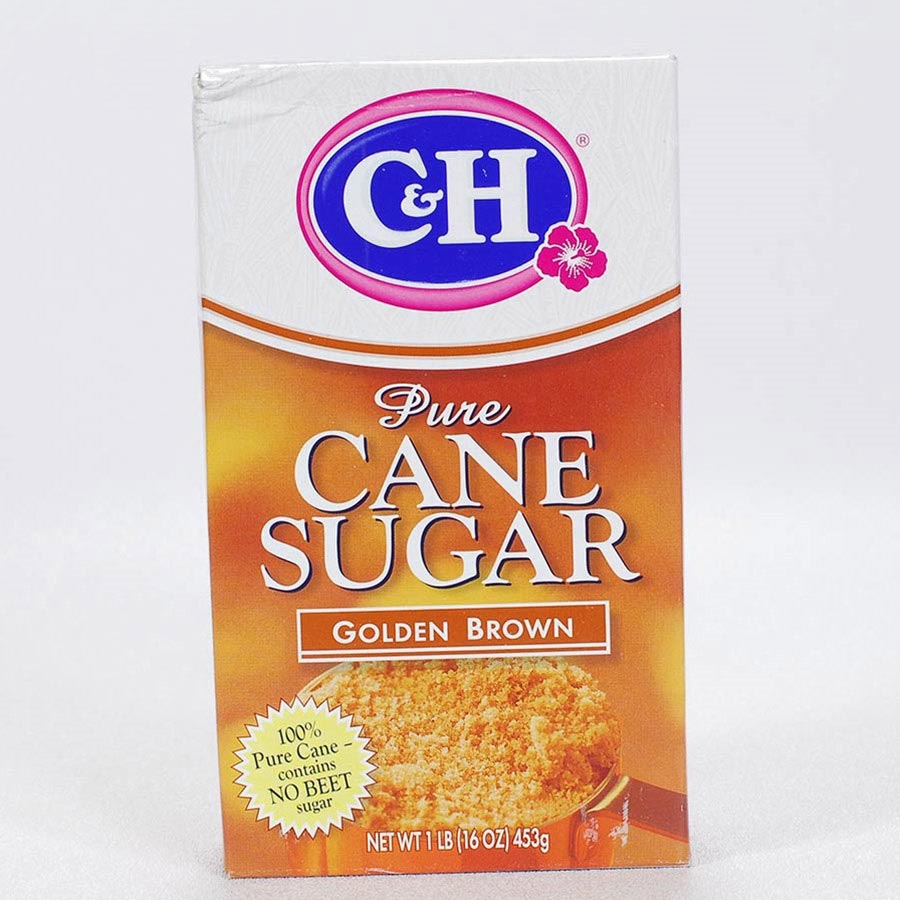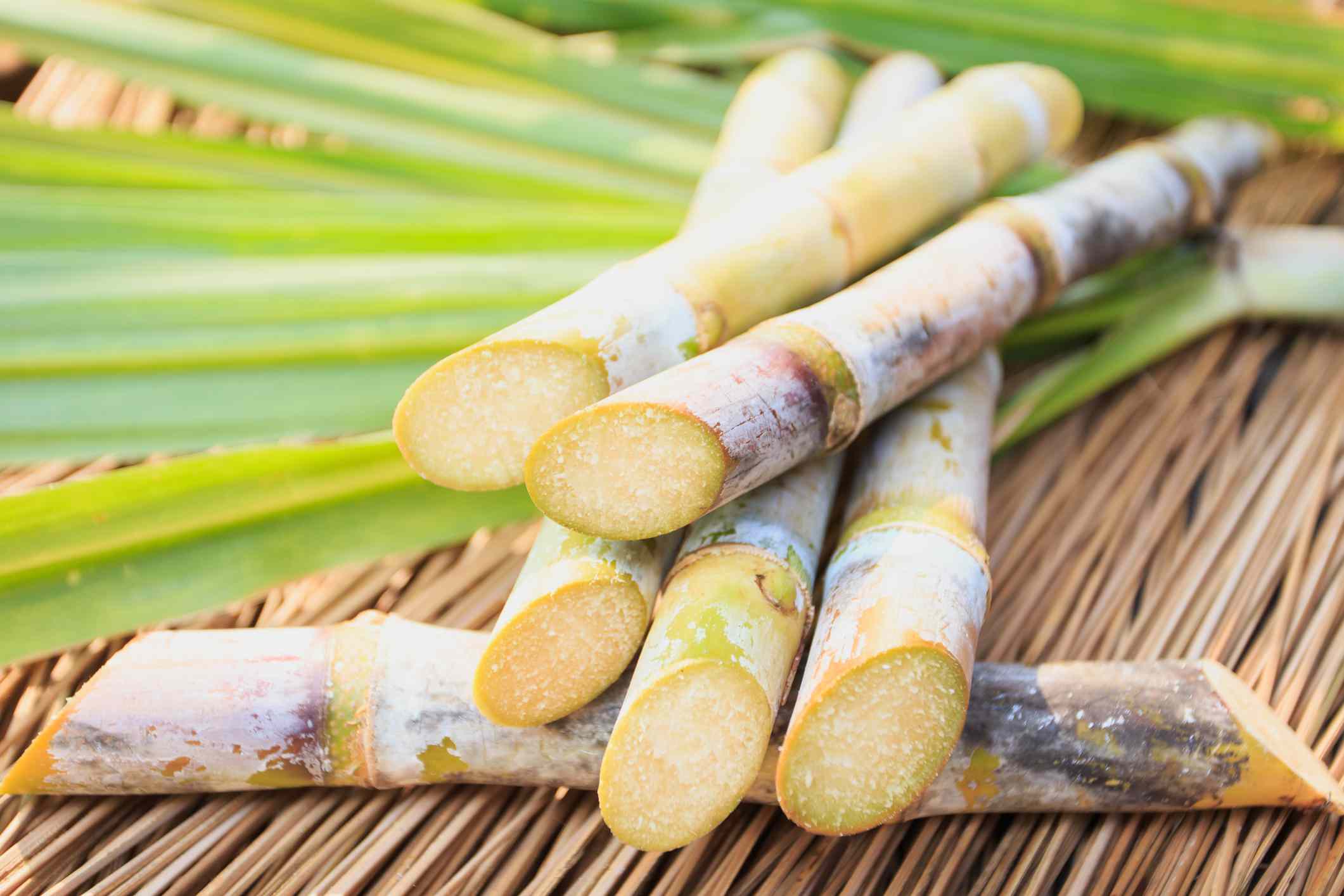Discovering the Comprehensive Steps Involved in Walking Cane Sugar Processing From Harvesting to Improvement
The process of walking cane sugar production includes a collection of intricate steps, starting with the careful harvesting of sugarcane and finishing in the refinement stages that make sure the last product fulfills market requirements. Each stage, from the extraction of juice to the filtration and crystallization procedures, plays an essential function in establishing the high quality and personality of the sugar.
Collecting Sugarcane
Harvesting sugarcane is an essential action in the cane sugar processing chain, as it directly affects the top quality and return of the end product. Correct timing and methods are crucial throughout this stage to make sure ideal sugar material and reduce losses. Generally, sugarcane is harvested when it reaches maturation, generally 12 to 18 months after growing, defined by a high sucrose focus.

Post-harvest, the sugarcane needs to be refined promptly to avoid sucrose deterioration. Ideally, harvested cane needs to be carried to processing facilities within 24-hour to maintain sugar high quality. As a result, effective logistical planning is critical to keep the stability of the harvested plant throughout the supply chain.
Removal Process

The crushed walking stick is subjected to a series of pushing procedures to optimize juice recuperation. Generally, warm water is splashed onto the smashed cane, producing a countercurrent circulation that helps dissolve the sugar while likewise assisting in the extraction process. The juice accumulated from this procedure contains not only sugar but also various natural substances and contaminations.

To boost removal performance, some centers might utilize diffusion techniques, where the sugarcane is soaked in warm water, allowing the soluble sugars to diffuse into the fluid. The resulting juice, rich in sucrose, is then directed to subsequent processing stages, laying the foundation for purification and refinement. The extraction process is thus critical in figuring out the high quality and return of the final sugar product.
Purification Techniques
The purification techniques employed in walking cane sugar handling are essential for transforming the raw juice right into a top quality sugar product. These methods his explanation largely intend to get rid of impurities, such as dirt, plant products, and not natural materials, which can detrimentally influence the end product's flavor and color.
One of the most common purification methods is information. This process involves adding lime and warm to the raw juice, which helps i thought about this with the coagulation of pollutants. The resulting precipitate is after that eliminated via sedimentation or filtering, generating a more clear juice. In addition, making use of phosphoric acid can boost the information process by more binding contaminations.
Another substantial method is carbonatation, where carbon dioxide is presented to the cleared up juice. This reaction generates calcium carbonate, which catches staying contaminations and promotes their removal.
In addition, turned on carbon therapy may be related to adsorb any kind of staying colorants and organic pollutants, making certain a much more polished product. The combination of these techniques efficiently prepares the sugar juice for succeeding steps in the refining process, establishing the stage for the manufacturing of premium walking cane sugar.
Condensation Approaches
After the purification phase, the following critical action in walking cane sugar processing includes formation methods, which play an essential duty in transforming the made clear juice into strong sugar. This procedure generally utilizes 2 primary techniques: spontaneous formation and controlled condensation.
In spontaneous crystallization, supersaturated sugar solutions are allowed to cool naturally, leading to the formation of sugar crystals over time. This method allows for the uniform growth of sugar crystals and higher purity.
During formation, the made clear juice is focused via dissipation, boosting its sugar material till it gets to supersaturation. When this point is achieved, either method can facilitate the crystallization procedure. Cane Sugar Processing. The resultant sugar crystals are after that divided from the staying syrup through centrifugation
Inevitably, the option of crystallization method influences the high quality, dimension, and purity of the last sugar item, making this step essential in the total walking site link cane sugar processing procedure.
Improvement and Packaging
How can the pureness and top quality of cane sugar be further boosted after formation? The refinement process plays a crucial function in attaining top quality walking cane sugar.
Next, the sugar goes through a procedure called centrifugation, where it is spun at broadband to divide the purified sugar crystals from the continuing to be fluid. After centrifugation, the sugar is typically additional improved through a technique called carbonization or phosphatation, which makes use of activated carbon or phosphoric acid to get rid of shade and off-flavors.
As soon as refined, the sugar is dried to accomplish the wanted moisture content, guaranteeing that it continues to be secure throughout storage space and transportation. The final step includes product packaging the polished sugar in moisture-proof and impermeable containers to maintain its top quality and prevent contamination. Cane Sugar Processing. Proper product packaging not only extends life span however likewise assists in very easy handling and circulation, making certain that consumers receive sugar that meets the highest standards of purity and quality
Conclusion
The comprehensive steps associated with walking cane sugar processing, from the meticulous harvesting of sugarcane to the detailed improvement and packaging phases, underscore the importance of each phase in ensuring top quality sugar production. Optimal harvesting techniques, reliable removal techniques, and extensive purification processes jointly add to the last item's pureness and stability. The condensation and subsequent product packaging techniques better improve the stability and life span of the sugar, highlighting the intricacy and accuracy intrinsic in this vital agricultural industry.
The procedure of walking stick sugar production encompasses a collection of complex steps, starting with the cautious harvesting of sugarcane and culminating in the improvement stages that ensure the last product meets sector requirements. Preferably, gathered cane needs to be delivered to processing centers within 24 hours to protect sugar quality.In spontaneous formation, supersaturated sugar services are permitted to cool normally, leading to the formation of sugar crystals over time - Cane Sugar Processing. The improvement process plays a crucial duty in achieving high-grade walking stick sugar.The comprehensive actions involved in walking stick sugar processing, from the careful harvesting of sugarcane to the intricate improvement and product packaging stages, emphasize the importance of each stage in guaranteeing high-grade sugar production
Comments on “Cane Sugar Processing: From Field to Table-- A Step-by-Step Overview”